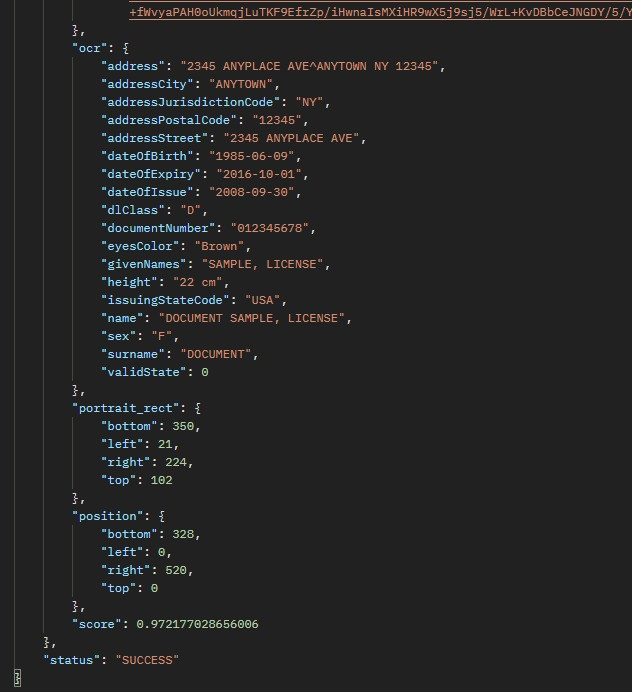Businesses in today’s fast-paced digital environment are continuously looking for creative solutions to optimize their operations and improve data security. Optical Character Recognition (OCR) APIs are a game changer that is transforming document analysis and validation procedures. These powerful applications use Object Character Recognition technology to easily extract and format data from a variety of IDs and documents, resulting in a structured JSON answer that can be seamlessly incorporate into databases. An OCR API is a vital asset for modern enterprises, from easily standardizing information to performing comprehensive security validations.

The Function Of OCR APIs In Modern Workflows
- Data Extraction: An OCR API’s principal job is to extract text and data from a variety of sources, such as scanned documents, photos, or IDs, and turn it into machine-readable text. This allows for the automation and digitization of manual data input operations, which saves time and reduces mistakes.
- Structured Data Output: Data is extract in a structure format, such as JSON, using an OCR API, making it easy to process and integrate into other systems and databases. This provides information uniformity and standardization.
- Document Analysis and Verification: The OCR API may use to extract particular information from documents or IDs, such as a person’s name, address, birth date, document number, and so on. This information may then be compared to existing records in order to confirm identification and execute data verification duties.
- Workflow Automation: By incorporating an OCR API into processes, documents, and IDs may handle automatically. It can organize and categorize documents, perform specified actions based on collected data, and expedite different business processes.
- Security and compliance: Because the API can extract information from IDs, security validations, age verification, and compliance checks are possible. It assists firms in meeting regulatory obligations and preventing fraudulent activity.
- Image Processing: In addition to text extraction, an OCR API may include image-related capabilities such as obtaining the signature and profile picture from IDs. This can use for further authentication and identity.
- Client Onboarding: An OCR API helps speed up client onboarding operations in areas such as banking and finance by extracting information from IDs and automatically completing application forms.
- Improved User Experience: OCR may make data entry procedures easier for end users. They may easily input forms or submit information by scanning papers or IDs using their mobile devices.
Overall, an OCR API is a useful tool that improves productivity, accuracy, and security across a wide range of businesses and workflows. It enables firms to use machine-readable data to enhance their operations.
Which OCR API Yields The Most Precise Results?
After examining a number of request options, we can conclude that the Zylalabs ID Document OCR API is one of the best since it is simple to use and produces excellent results.
“ID OCR” is the desired outcome. Driver’s licenses, passports, ID cards, and permanent residency cards are scanned for structured text, photos, and signatures. There are many different types of acknowledged national identities.
In this case, we might send the following false ID picture to the endpoint through URL: https://static01.nyt.com/images/2008/09/16/nyregion/license533.jpg

Where Can I Find The ID Document OCR API?

- To get started, navigate to the ID Document OCR API and click the “START FREE TRIAL” button.
- You will be able to use the API after joining Zyla API Hub!
- Utilize the API endpoint.
- Then, by pressing the “test endpoint” button, you may make an API request and see the results shown on the screen.
Related Post: Improving Customer Experience: The Role Of An OCR API In Identity Verification

